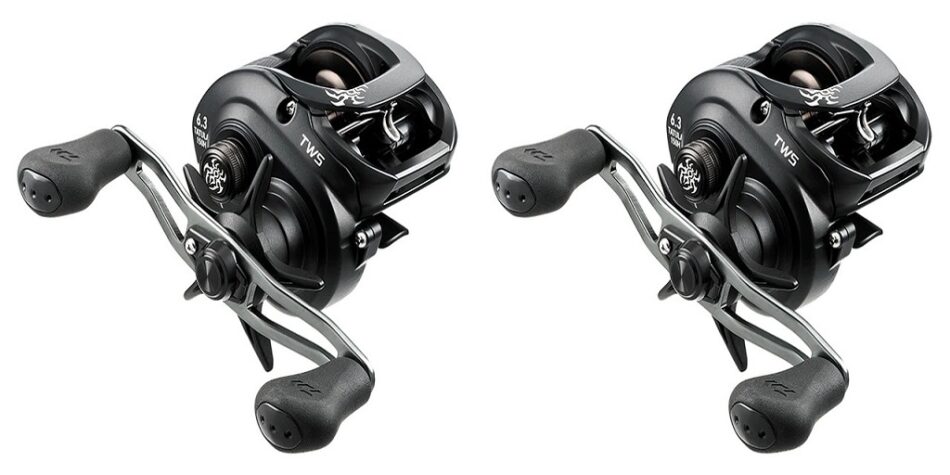So you’ve got a new Daiwa fishing rod – congratulations, these are widely lauded as some of the best in the sport.
But now you want to protect your investment, because doing any of the following is likely to incur damage.
Don’t do the following.
High Stick
High sticking refers to pulling the rod back so that the tip would be upward at the sky, but with the rod under a heavy load, which bends the tip back down towards the water. Doing so is likely to incur breakage. You may be able to fix a broken tip but if it breaks closer to the rod butt you’ll be out of luck.
Leave It on the Deck
Never leave your rod laying on the deck, or on the dock, or anywhere on the ground for that matter. It’ll be a matter of time before someone steps on it, and then you’re likely looking at a broken rod.
Travel Without a Rod Sleeve/Sock/Case
If you’re just going down the street to a fishing hole that’s one thing, but don’t take your rod on any long trips without cushioning it with some sort of sleeve, sock or case. The reason why should be self-evident.
Go Anywhere Without a Tip Repair Kit
A broken tip can happen anywhere; in port or out on the open water, and if you don’t have a tip repair kit with you (plus a lighter and some adhesive) your rod will be crippled until you get back home.
Leave It Outside
Extreme temperature shifts are not good for your rod but there are two things that are worse: high moisture and direct sunlight exposure. The former can rust the rod guides (if they are steel) and the latter will break down the EVA or cork in the grip, and it might even break down the epoxy matrix that binds the carbon fibers of the rod. Plus, sunlight breaks down fishing line, so keep the rods inside.
Leave It in the Shed/Garage
The same notes apply here. Storing your Daiwa fishing rods where there is no climate control is like leaving them outside. Don’t do it.
Swing the Fish
Never swing the fish over the rail, even if it’s tiny. For one thing, you run a massive risk of losing the fish at that critical moment, and even if you don’t care about that, the action will put immense stress on the rod, vastly improving your odds of breaking it.
Touch the Gunwale
Rods are designed to bend parabolically in such a fashion that the load is distributed evenly. Letting your rod touch the gunwale or rail as your fighting might give your arms a rest, but it creates a pressure point at which the rod is likely to snap.
Reel the Rig into the Eyelet
Never reel your rig all the way in so that it hits the last eyelet on the rod, that is likely to chip the insert, which will therefore fray your line, resulting in higher risk of breakoff.
Forget to Use Your Hook Keeper
Your hook keeper is there for a reason – use it. Don’t just hook your rig onto an eyelet, as that will likely chip or otherwise damage the eyelet insert, which can damage your line.
Time for a New Daiwa Fishing Rod?
If, for any reason, you’re in the market for a new Daiwa fishing rod (we won’t ask questions) visit No Bad Days Kayaks. They carry a wide range of baits and tackle, including rods and reels. Visit their website and if you need help or want a personalized recommendation, get in touch with them.
For more information about Hoodoo Kayaks and Jackson Coosa X Please visit: No Bad Days Kayak.








